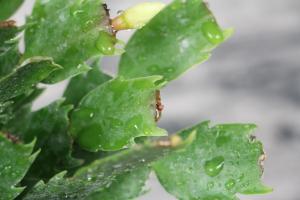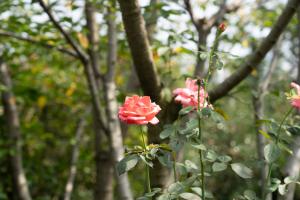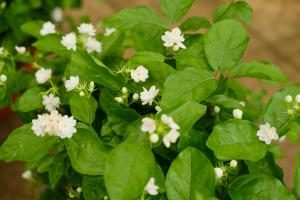How Far from Septic to Plant Weeping Willow Tree
Planting trees adds beauty and value to your property, but it is essential to consider the location of any trees, especially near a septic system. Weeping willow trees are a favorite for landscaping, but how far should you plant them from your septic system?
The Risks of Planting Weeping Willow Trees Near Septic Systems
Septic systems rely on a series of pipes, drain fields, and soil to filter and break down harmful waste materials from your home's plumbing. When trees, including weeping willows, grow too close to these components, their roots can potentially invade the pipes or drain fields, causing clogs, leaks, and expensive repairs. Additionally, the tree roots can tap into the contaminants of the septic system, allowing the toxins to infiltrate the tree's system and potentially harm the tree.
The Recommended Distance to Plant Weeping Willow Trees from Septic Systems
It is recommended to plant weeping willow trees at least 50 feet away from your septic system. This distance ensures that the tree roots will not invade the pipes, drain fields, or come in contact with any of the pollutants from the septic system. However, if space is limited in your property, or alternative location is not available, you should at least plant the tree a minimum of 25 feet from the septic system.
Other Considerations for Planting Weeping Willow Trees
While planting a weeping willow tree away from your septic system is essential, there are a few other factors to consider when planting these trees, including:
Moisture requirements: Weeping willow trees need plenty of water to thrive, so they should be planted near sources of water such as a stream, river, or freshwater pond. However, planting them too close to your home's foundation can lead to water infiltration and basement flooding.
Soil type: Weeping willow trees prefer well-draining soil, but they can grow in a wide range of soils, including sand, clay, and loam.
Size: Weeping willow trees can grow up to 50 feet tall and wide, so it is essential to place them in an area where they have plenty of space to grow without coming into contact with power lines or the roof of your home.
Exposure: Weeping willow trees prefer full sun exposure, but they can tolerate partial shade locations.
Conclusion
Planting a weeping willow tree can add charm and beauty to your property, but it is crucial to plant them away from your septic system. A distance of at least 50 feet is recommended, but if space is limited, a minimum distance of 25 feet should be followed. Additionally, consider the tree's moisture requirements, soil type, size, and exposure when selecting a location for planting a weeping willow tree.

 how many times do yo...
how many times do yo... how many planted tre...
how many planted tre... how many pine trees ...
how many pine trees ... how many pecan trees...
how many pecan trees... how many plants comp...
how many plants comp... how many plants can ...
how many plants can ... how many plants and ...
how many plants and ... how many pepper plan...
how many pepper plan...































